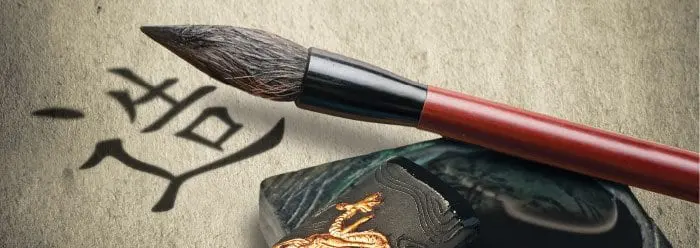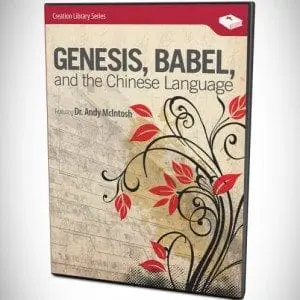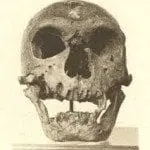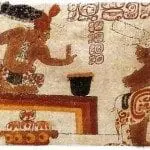by James J. S. Johnson, J.D., Th.D.
Ancient Chinese pictographs are silent witnesses, like fingerprints, of historical events reported in Genesis. In particular, the details of these word-symbols are clues that point to how the earliest Chinese must have known basic facts of Genesis 1–11 at the very time their pictographs were invented.
Chinese is not an alphabet-based language—its word characters are both abbreviations of and combinations of picture symbols.1 The simplest symbols are combined to construct composite symbols that denote compound words.1,2 However, the actual pictures that were chosen, and especially their associated meanings, are what give us an amazing insight into Chinese history. The pictographic clues to that mysterious past have remained hidden in plain view for thousands of years.
Whereas most written languages construct words from the letters of an alphabet, the Chinese language uses radicals [i.e., root meaning-symbols], also called keys, roots or primitives, as the basic units and building blocks for the word characters. Each character contains one or more root symbols.3
The creative selection process that invented ancient Chinese characters produced the earliest form of Chinese pictographs, sometimes called ideograms or oracle bone pictographs because the texts were often carved onto bones or tortoise shell plastrons.1,2
But linguistic changes have occurred over the centuries, so pictographic analysis requires a forensic perspective, because the present is not the key to China’s linguistic past. …Continue reading.
Want to learn more about the connections between the Chinese language and Genesis? Click HERE






